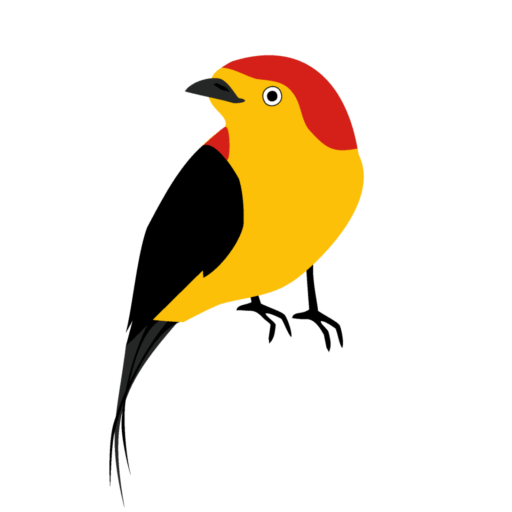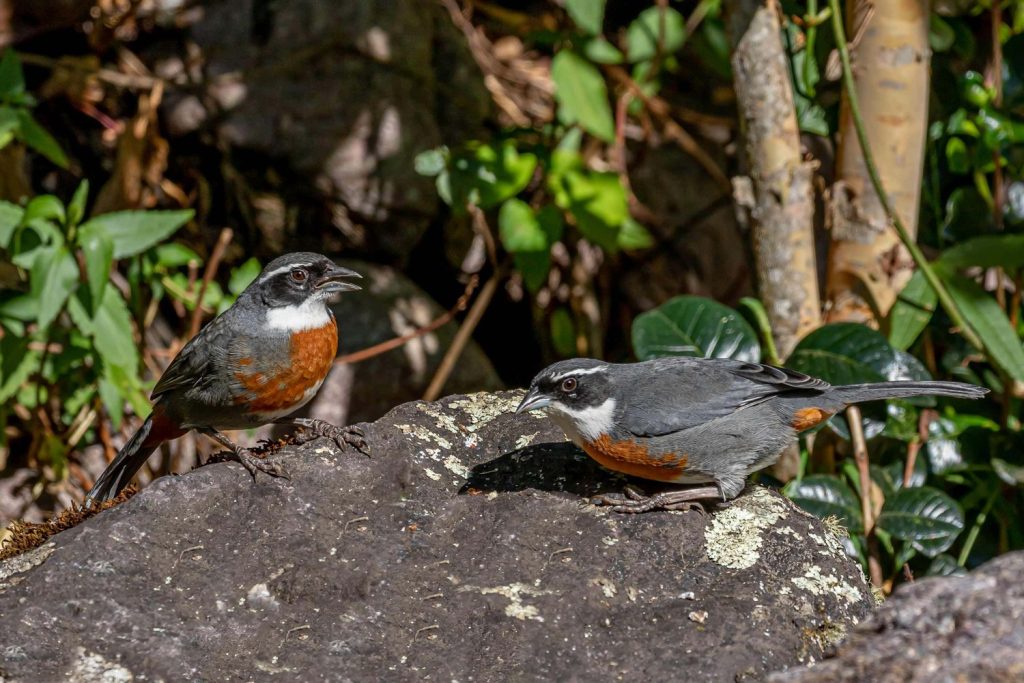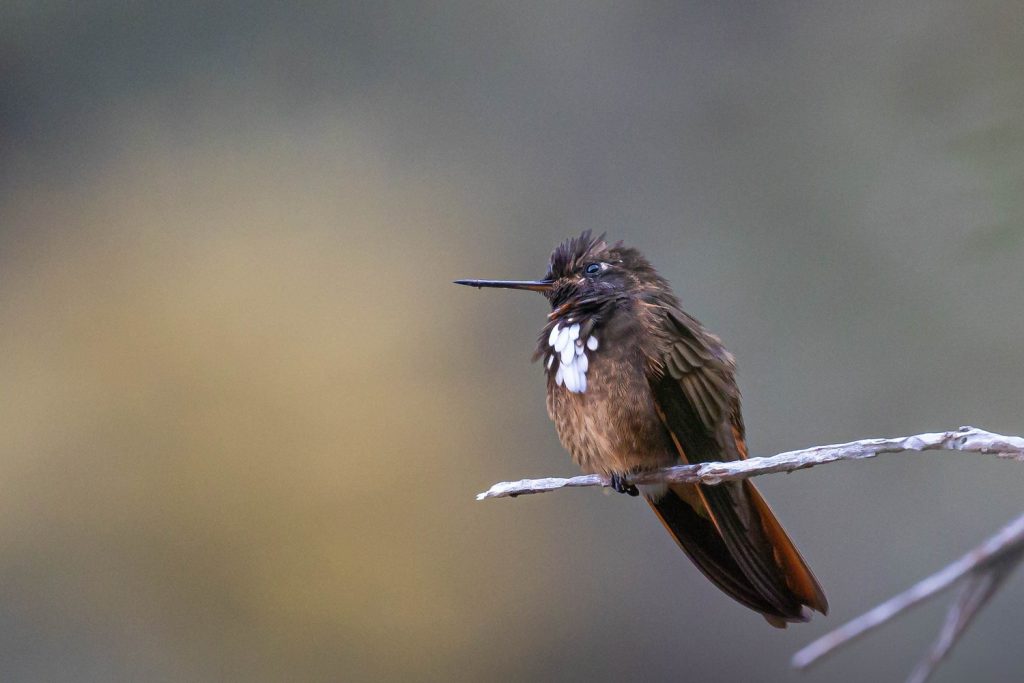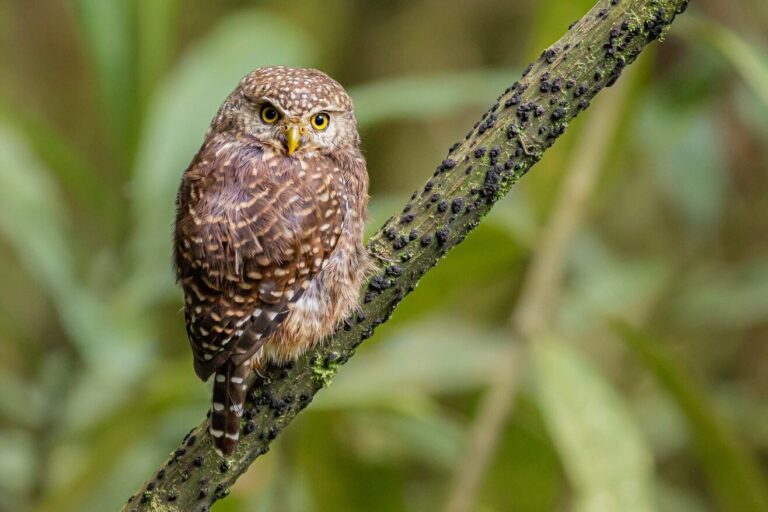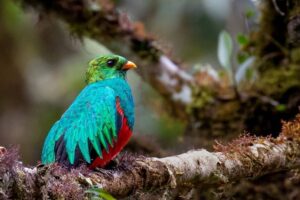Introduction: The Importance of a Good Field Recorder for Birding
Bird sound recording is an essential tool for birders, researchers, and conservationists. Whether for species identification, behavioral studies, or simply capturing the beauty of a dawn chorus, high-quality recordings provide valuable data and an immersive listening experience.
However, recording birds in the field presents several challenges. Birds produce a wide range of vocalizations, from faint calls to loud songs, often within unpredictable soundscapes. Background noise—such as wind, running water, or distant human activity—can interfere with clarity. Additionally, sudden changes in volume make manual gain adjustments difficult, risking either clipping (distorted audio due to excessive volume) or low-level noise (inaudible or weak recordings).
A good field recorder should capture subtle details with minimal noise, provide a wide dynamic range to handle soft and loud sounds without distortion, and be rugged and portable for field use. Historically, birders relied on bulky or outdated recorders with strict level adjustment requirements. Today, modern recorders like the Zoom F3, equipped with 32-bit float recording and dual ADC technology, eliminate these issues, making field recording easier and more reliable than ever.
In this article, I’ll try to explore shortly the evolution of field recorders, the challenges of past technologies and the new technology. Finally why I found this Zoom F3 is a game-changer for birders.
The Evolution of Bird Sound Recording: From Analog to Digital
Bird sound recording has evolved significantly, from bulky analog devices to modern digital recorders. However, even with digital advancements, gain control and dynamic range limitations remained persistent challenges—until the introduction of 32-bit float and dual ADC technology.
The Early Challenges: Analog Recorders
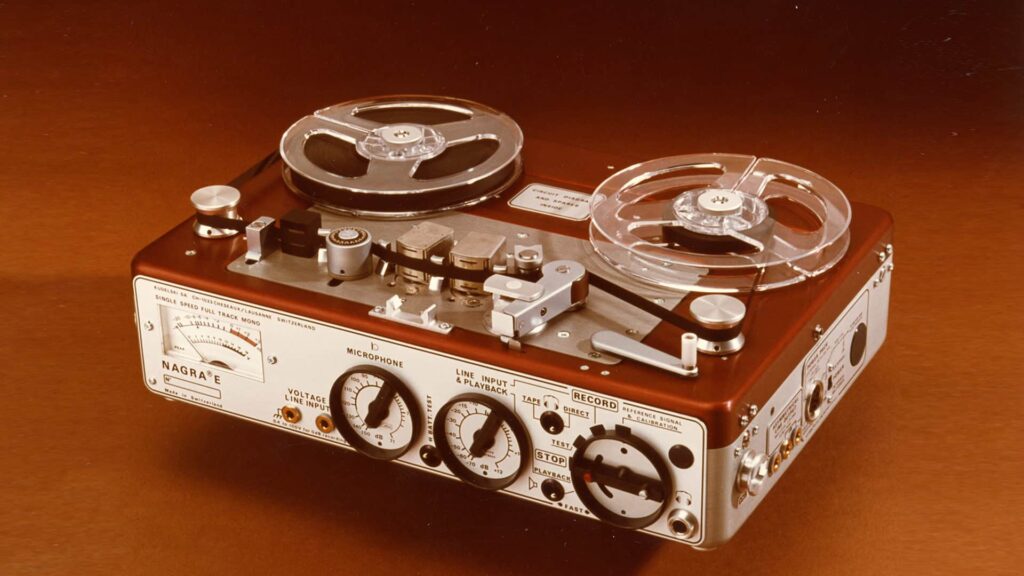
Early bird recordings relied on reel-to-reel, cassette, and MiniDisc recorders, which had:
- Limited dynamic range, causing soft calls to be lost and loud ones to distort.
- Background hiss, reducing clarity.
- Bulky designs, making fieldwork cumbersome.
While these recorders were groundbreaking at the time, they required constant manual adjustments and lacked precision in capturing subtle bird vocalizations.
The Shift to Digital: 16-bit and 24-bit Recorders
The move to digital recording improved clarity and portability, but early 16-bit recorders still had:
- Strict gain limitations—soft calls were buried in noise, and loud ones clipped.
- A high noise floor, making faint sounds difficult to recover.
Even 24-bit recorders, such as the Zoom H4n Pro and Tascam DR-100, improved dynamic range but still required careful manual gain adjustments. Birders had to constantly monitor levels in real time to avoid ruined recordings.
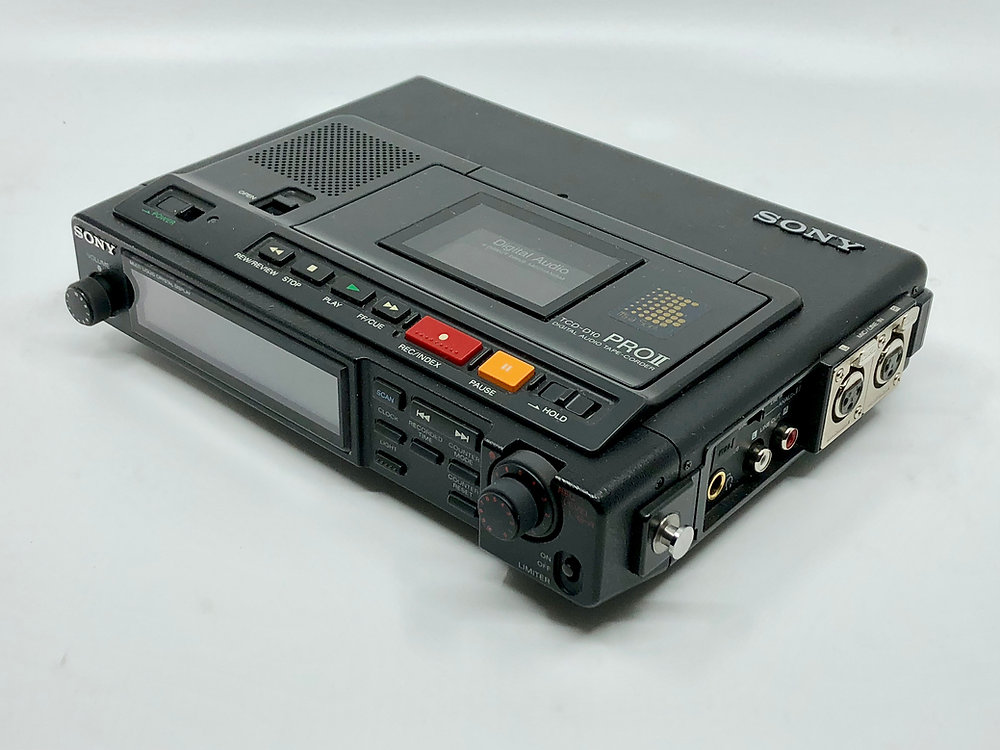
The Persistent Problem: Manual Gain Control
Despite digital improvements, the core issue remained:
- Too low gain? The call was too quiet.
- Too high gain? The recording clipped and distorted.
- Unpredictable bird behavior made setting the “perfect” level impossible.
Even experienced recordists struggled, as one mistake could ruin a rare bird recording.
The Game Changer: 32-bit Float and Dual ADC Technology

With the introduction of 32-bit float recording, field recordists no longer need to worry about gain adjustments. This innovation allows recorders to capture an extended dynamic range, meaning both extremely quiet and loud sounds can be recorded without distortion or loss of detail.
What is 32-bit Float?
Unlike traditional 16-bit and 24-bit recording, which require careful level setting to avoid clipping, 32-bit float allows recordings to capture a much wider range of sound intensity without adjusting gain. If a sound is too loud, it can be reduced in post-production without distortion. If it’s too quiet, it can be amplified without introducing noise.
Dual ADC Technology: Capturing Every Detail
Modern recorders like the Zoom F3 also use dual ADC (Analog-to-Digital Converter) technology, which means they have two separate gain stages: one for loud sounds and one for quiet sounds. These signals are combined automatically, ensuring that no detail is lost in sudden changes in volume.
For birders, this means you can record everything from soft distant calls to powerful bird songs without manually adjusting gain. No more worrying about setting levels in the field—just focus on the birds.
The Zoom F3: Small, Rugged, and Built for the Outdoors
The Zoom F3 is designed specifically for field recording, making it an excellent choice for birders who need a compact yet powerful recorder that can handle outdoor conditions. Unlike older recorders that were bulky or fragile, the F3 combines portability, durability, and cutting-edge recording technology, making it a game-changer for bird sound recording.
Compact and Portable Design
One of the biggest advantages of the Zoom F3 is its small size and lightweight build.
- Fits in a pocket – no need for bulky gear.
- Can be mounted on a tripod, belt clip, or bag strap for hands-free use.
- Perfect for long hikes where minimizing weight is essential.
For birders who already carry binoculars, a camera, and possibly a parabolic microphone, the F3’s small form factor is a welcome feature.
Built for Harsh Environments: Rugged and Durable
Field recording isn’t always done in ideal conditions. Whether you’re recording in humid rainforests, dusty grasslands, or high-altitude mountains, the Zoom F3 is built to withstand extreme conditions:
- Metal chassis – sturdy and impact-resistant.
- Weather-resistant design – can handle light rain and humidity (though not fully waterproof).
- Tough buttons and secure inputs – designed for outdoor use with gloves or in rugged conditions.
This durability makes it superior to many traditional digital recorders, which often have delicate plastic casings and fragile input ports.
High-Quality Preamps and Low Self-Noise
When recording birds, clean audio is crucial, especially for capturing faint or distant calls. The Zoom F3’s preamps are designed to:
- Provide crystal-clear recordings with minimal noise.
- Work well with professional shotgun and parabolic microphones.
- Capture soft bird calls without introducing unwanted hiss or interference.
Unlike older recorders, where boosting gain could introduce a high noise floor, the F3 ensures ultra-clean audio, even in low-volume situations.
4.4 Battery Life and Storage Capacity
For long birding expeditions, a recorder needs to last for hours without constant recharging. The Zoom F3 is designed for extended use:
- Runs on 2 AA batteries – provides several hours of recording.
- USB-C power option – allows unlimited recording when connected to a power bank.
- Supports large SD cards – up to 1TB, offering hundreds of hours of storage.
Birders in remote areas will appreciate the efficiency of the F3, especially when recording overnight or during multi-day field studies.
Easy Setup: Just Plug and Record
One of the greatest advantages of the Zoom F3 is its simplicity. Unlike older recorders that required constant monitoring of gain levels, the F3 works in full-auto mode:
- No need to set gain levels manually.
- Just press record, and it captures everything in 32-bit float.
- Compatible with XLR microphones – ideal for professional setups.
For birders who want to focus on observing birds rather than adjusting audio levels, this hands-off approach is revolutionary.
Comparing the Zoom F3 with Other Modern Recorders
Birders looking for alternatives may consider options like the Sound Devices MixPre or Tascam Portacapture X8. How does the Zoom F3 compare?
| Feature | Zoom F3 | Sound Devices MixPre | Tascam Portacapture X8 |
|---|---|---|---|
| Size | Compact & portable | Medium-sized | Larger & bulkier |
| 32-bit Float | ✅ Yes | ✅ Yes | ✅ Yes |
| Dual ADC | ✅ Yes | ✅ Yes | ❌ No |
| Build Quality | Rugged, field-ready | Studio/field | More fragile |
| Ease of Use | Very simple | More controls | Touchscreen-based |
| Battery Life | Long-lasting | Moderate | Moderate |
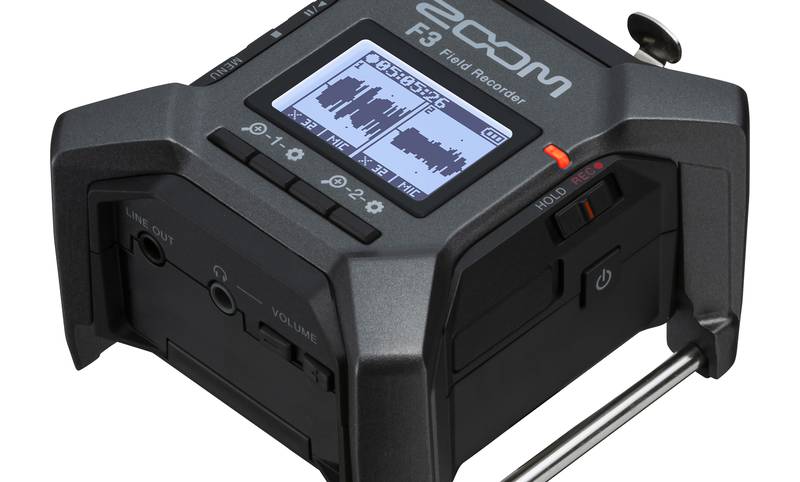

For birders, the Zoom F3 wins in portability, ruggedness, and ease of use, making it the best option for those who don’t need advanced mixing capabilities.
Real-World Birding Scenarios: How the Zoom F3 Performs
The Zoom F3 isn’t just an improvement on paper—it delivers real-world benefits that make it an invaluable tool for birders in the field. Whether you’re capturing subtle calls in a dense rainforest or documenting a dawn chorus in an open grassland, the F3’s 32-bit float and dual ADC technology ensure that no detail is lost.
Recording a Dawn Chorus: Capturing Every Detail
A dawn chorus features a mix of birds vocalizing at different volumes, sometimes overlapping. Traditional recorders require constant level adjustments to avoid clipping the louder species while keeping the softer calls audible. With the Zoom F3:
- No manual gain adjustment is needed—every call, from the faintest whisper to the loudest song, is recorded clearly.
- Wide dynamic range ensures clarity even when multiple birds sing at different intensities.
- Post-processing flexibility allows adjustments to individual calls without quality loss.
Windy or Noisy Environments: Handling Background Noise
Outdoor recording often comes with unwanted noise—wind, distant traffic, flowing water, or rustling leaves. While the Zoom F3 itself doesn’t filter noise, its low-noise preamps and 32-bit float capabilities allow you to:
- Pair it with directional microphones (shotgun or parabolic) to isolate bird calls.
- Capture softer bird sounds without boosting unwanted ambient noise.
- Adjust levels in post-production to reduce distracting elements.
For windy conditions, using a high-quality windscreen is essential.
Recording Skittish or Distant Birds: Low-Noise Performance
Some birds are hard to approach, requiring long-distance recording. With older recorders, increasing gain often introduces unwanted hiss. The Zoom F3’s ultra-low-noise preamps allow you to:
- Capture distant calls cleanly without artificial noise.
- Boost volume in editing without introducing distortion.
- Pair with parabolic microphones for enhanced reach.
Long Birding days and Remote Locations: Portability and Battery Life
Birding trips often require carrying gear for hours, sometimes in harsh environments. The Zoom F3 is designed for rugged field use:
- Lightweight and compact—fits easily in a pocket or clips to a backpack.
- Durable metal construction—resists wear and tear in extreme conditions.
- Multiple power options—runs on AA batteries or USB power for extended use.
For multi-day expeditions, carrying extra SD cards and power banks ensures uninterrupted recording.
Bioacoustic Research: Scientific Applications
For ornithologists and researchers, precision in field recording is critical. The Zoom F3 meets professional standards, making it ideal for:
- Analyzing frequency and vocalization patterns.
- Documenting species in remote habitats with reliable audio fidelity.
- Using AI-powered identification software with high-quality recordings for accurate bird call recognition.
Tips for Getting the Best Bird Recordings with the Zoom F3
While the Zoom F3 makes bird sound recording easier than ever with 32-bit float and dual ADC technology, getting the best possible recordings still depends on technique and the right accessories. Below are practical tips to maximize your success when recording birds in the field.
Choose the Right Microphone for Bird Recording
The Zoom F3 doesn’t have built-in microphones, meaning you need an external XLR microphone. The best choice depends on your recording style:
✔ Shotgun Microphones (Highly Directional)
- Best for isolating bird calls from background noise.
- Ideal for focusing on a single bird, especially in noisy environments.
- Recommended models: Sennheiser MKH 416, Rode NTG5, Audio-Technica AT897.
✔ Parabolic Microphones (Long-Range Capture)
- Best for recording distant or soft calls.
- Enhances natural sounds but may pick up background noise.
- Recommended models: Telinga Universal MK2, Wildtronics Pro Mini.
✔ Stereo Microphones (Wide Soundscapes)
- Best for capturing the full soundscape, such as a dawn chorus.
- Less directional, so background noise is included.
- Recommended models: Audio-Technica BP4025, Sennheiser MKE 600 (paired).
7.2 Master Positioning and Recording Techniques
Reduce Background Noise:
- Choose locations away from human activity, roads, and water sources.
- Position yourself upwind to avoid wind interference in the mic.
- Use a shotgun or parabolic mic to isolate bird sounds.
- Use Death Cat of Windshield on your mic.
Keep the Recorder Steady:
- Mount the Zoom F3 on a tripod for long recordings.
- If handheld, use a shock mount to avoid handling noise.
Be Patient and Blend into the Environment:
- Move slowly and quietly to avoid startling birds.
- Wear muted colors to stay unnoticed.
- Use a long XLR cable so you can keep the recorder in a quiet spot and move the mic closer.
Best Settings for Bird Recording with the Zoom F3
The Zoom F3’s biggest advantage is its 32-bit float recording, which eliminates the need to adjust gain. However, there are a few settings to optimize:
File Format: Record in WAV (32-bit float, 48kHz) for the highest quality.
Limiter & Compressor: Not needed—32-bit float ensures no distortion.
Storage: Use a high-speed SD card (UHS-I or UHS-II, 32GB or larger).
Limitations of the Zoom F3: What Could Be Better?
While the Zoom F3 is a revolutionary field recorder with 32-bit float recording, dual ADC technology, and a rugged, compact design, it is not without its drawbacks. No device is perfect, and depending on your recording needs, you might find certain limitations that could impact your workflow.
Lack of Onboard Playback: A Major Drawback for Bird Guides
One of the biggest limitations of the Zoom F3 is its lack of onboard playback—a feature that many other field recorders, like the Zoom H4n Pro or Tascam Portacapture X8, include.
Why Is Playback Important?
For birding guides and researchers, the ability to immediately review a recording is crucial. It allows you to:
- Confirm that a bird was correctly identified by replaying its call.
- Use playback for bird response studies (where allowed).
- Check recording quality in the field to avoid errors.
Since the Zoom F3 does not have a built-in speaker or screen, you cannot listen to recordings directly from the device.
Workaround: Using a Phone for Playback
Although the lack of playback is a drawback, there is a practical workaround:
- The Zoom F3 has a line-out port, allowing you to send the audio signal to a phone or external speaker while still recording at full quality.
- By connecting the F3 to your smartphone or tablet using a 3.5mm TRS to TRRS cable, you can:
- Play the recording back in the field.
- Use an external audio app to control playback speed, loop sections, or analyze the sound.
💡 While this extra step isn’t ideal compared to the convenience of built-in playback, it allows birders and guides to review their recordings without compromising quality. Given that the F3 is half the size of larger recorders like the H4n or Portacapture X8, the need to integrate a phone for playback might not be a major inconvenience in the field.
No Built-In Microphones: Requires an External Mic
Unlike some handheld recorders like the Zoom H4n Pro, which comes with built-in XY microphones, the Zoom F3 requires an external microphone. This means:
- You must carry a separate XLR microphone at all times.
- Additional equipment (cables, shock mounts, wind protection) is needed.
- The total setup becomes slightly less compact compared to all-in-one recorders.
💡 However, most serious bird recordists already prefer external microphones for higher quality. The lack of built-in mics might be an issue for casual users but is not a major downside for professionals.
No Screen or Visual Feedback
Unlike traditional recorders with screens that show audio levels, timecodes, and file names, the Zoom F3 has no display. This can be frustrating in situations where:
- You want to check the remaining recording time on your SD card.
- You need to monitor recording status visually (especially in bright sunlight).
- Navigating settings is difficult without a physical interface.
Instead, the Zoom F3 relies on LED indicators, which can only give basic status feedback (e.g., recording, battery level, clipping warning).
💡 Workaround: The Zoom F3 Control App (via Bluetooth adapter) allows remote monitoring from a smartphone or tablet, which solves some of these issues but adds extra cost and dependency on another device.
Battery Life Could Be Better
The Zoom F3 runs on two AA batteries, which last for several hours depending on usage. While this is decent, it falls short of some competitors like the Sound Devices MixPre-3, which can last longer on a single charge.
💡 Solution:
- Carry extra AA batteries or use a USB power bank via USB-C for unlimited recording time.
No Built-In Effects or Mixing Controls
Some field recorders, like the Tascam Portacapture X8, offer built-in effects such as:
- EQ adjustments
- Compression & limiting
- Multi-track recording
The Zoom F3 is purely a recorder—all mixing, filtering, and adjustments must be done in post-production.
💡 However, this simplicity is also a strength because it eliminates unnecessary settings and ensures pure, untouched audio capture.
Limited Mounting Options
Unlike some recorders with built-in tripod mounts or grips, the Zoom F3 is a small box-shaped device with:
- No dedicated handgrip for easy handling.
- No built-in tripod mount (requires an adapter).
💡 Solution: Use an external mounting plate or strap it to a bag for hands-free recording.
Conclusion: Is the Zoom F3 the Best Recorder for Birders?
The Zoom F3 represents a major leap forward in field recording technology, especially for birders, guides, and researchers who need high-quality, hassle-free audio capture in the field. With 32-bit float recording and dual ADC technology, it eliminates the need for manual gain adjustments, allowing users to focus on observing and recording birds rather than adjusting settings.
However, like any device, it has its pros and cons. The lack of onboard playback is a notable limitation, particularly for birding guides who need to verify or playback calls in real-time. Fortunately, the line-out solution to a smartphone or external speaker provides a practical workaround. The absence of built-in microphones and a screen may deter casual users, but for those who prioritize high-quality recordings over convenience, these trade-offs are minimal.
Who Is the Zoom F3 Best For?
✔ Professional birders and researchers – Those who need pristine audio quality without worrying about gain levels.
✔ Field recordists exploring remote locations – A rugged, compact, and durable design makes it ideal for tough environments.
✔ Birding guides who prioritize portability – While playback requires a workaround, the device’s small size and weight make it an excellent choice for fieldwork.
Who Might Need a Different Recorder?
❌ Those who only need onboard playback – Devices like the Zoom H4n Pro or Tascam Portacapture X8 may be better suited.
❌ Casual recordists who prefer an all-in-one solution – Those who want built-in microphones and a screen might find a traditional handheld recorder more convenient.
❌ Users needing multi-track recording or built-in effects – The F3 is purely a field recorder, requiring post-processing for advanced audio editing.
Final Verdict: A Game-Changer for Field Recording
Despite a few limitations, the Zoom F3 is one of the best recorders available for bird sound recording today. It removes the biggest hassle of setting recording levels manually, ensuring that every bird call—whether soft or loud—is captured in flawless quality.
For serious birders, wildlife researchers, and field recordists, the Zoom F3 is an excellent investment, delivering professional-grade recordings in a compact, rugged, and easy-to-use package. With the right microphone, accessories, and techniques, it can become an essential tool for capturing the incredible diversity of bird sounds in nature.
If high-quality, stress-free bird recording is your priority, the Zoom F3 is an outstanding choice. 🎙🐦

